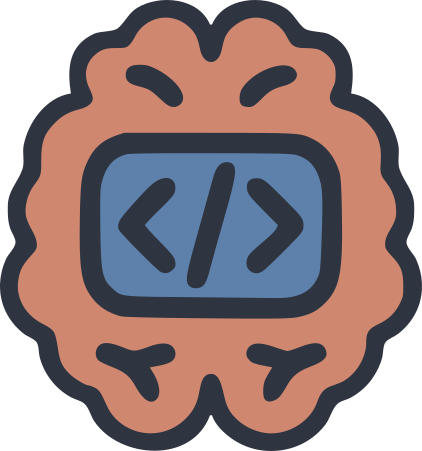8 Publications
Publishing is an important part of the research process and the primary way we contribute to the scientific community. In this lab, we value transparency, collaboration, and fairness in all aspects of authorship and dissemination.
We follow the Contributor Role Taxonomy (CRediT) as a guide for assigning and acknowledging authorship. All authorship decisions and ordering will be made in consultation with me based on the nature and extent of each individual’s contributions.
Undergraduate students who make substantial contributions to a project, beyond what is expected for their coursework, will be included as authors on a conference abstract, and potentially on the manuscript. We strongly believe in recognizing the efforts of all contributors, regardless of career stage.
As part of our commitment to open science and accessibility, we also make use of preprint servers (e.g., PsyAr\(\chi\)iv, bioR\(\chi\)iv, SportR\(\chi\)iv) to share our findings with the research community prior to formal publication. Preprints allow for broader dissemination and earlier feedback from the scientific community.
If you are writing your first abstract, manuscript, or thesis (or if you just need a refresher), here are some helpful resources to guide your thinking and structure:
- How to construct an abstract
- Ten simple rules for writing a literature review
- Ten simple rules for structuring papers
It is also a good idea to read recent papers published by our lab. Doing so will help you get a sense of our writing style, structure, and tone. You will also see how we approach the different sections of a paper. Do not hesitate to ask for recommendations or help if you are unsure where to start.
8.1 Writing our papers
We use Google Docs as our primary platform for collaborative writing when drafting manuscripts. Google Docs allows for real-time collaboration, inline commenting, and the use of suggesting mode, which makes it easy to track edits during revision rounds. It also has built-in version control, so earlier drafts can be reviewed or restored if needed. Please do not create new documents or tabs when drafting/revising your papers.
Although we draft in Google Docs, the final version of each manuscript is typeset using Quarto, which we use for preprints and journal submissions. This means that we write using Quarto syntax during the drafting process in Google Docs. While this may take some time to get used to, it ensures consistency, reproducibility, and a smooth transition to the final formatted version.
There are many helpful resources available on the Quarto website to support you in learning the syntax and structure. We also have some Quarto templates for journal article formats and thesis/dissertation documents available here. If you are unfamiliar with Quarto, do not worry as support is available and your comfort with it will grow with practice. Learning it now will serve you well throughout your research career.
